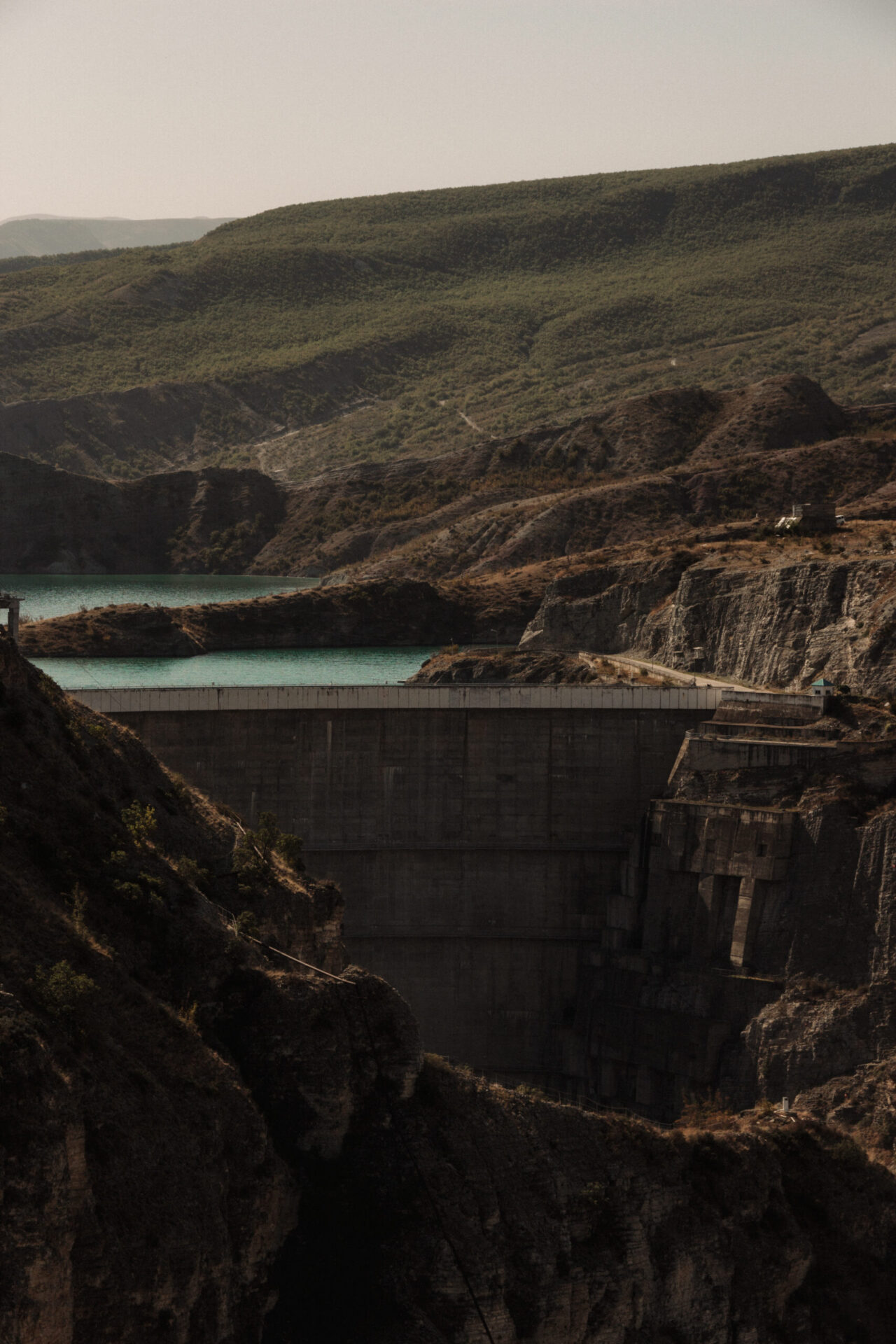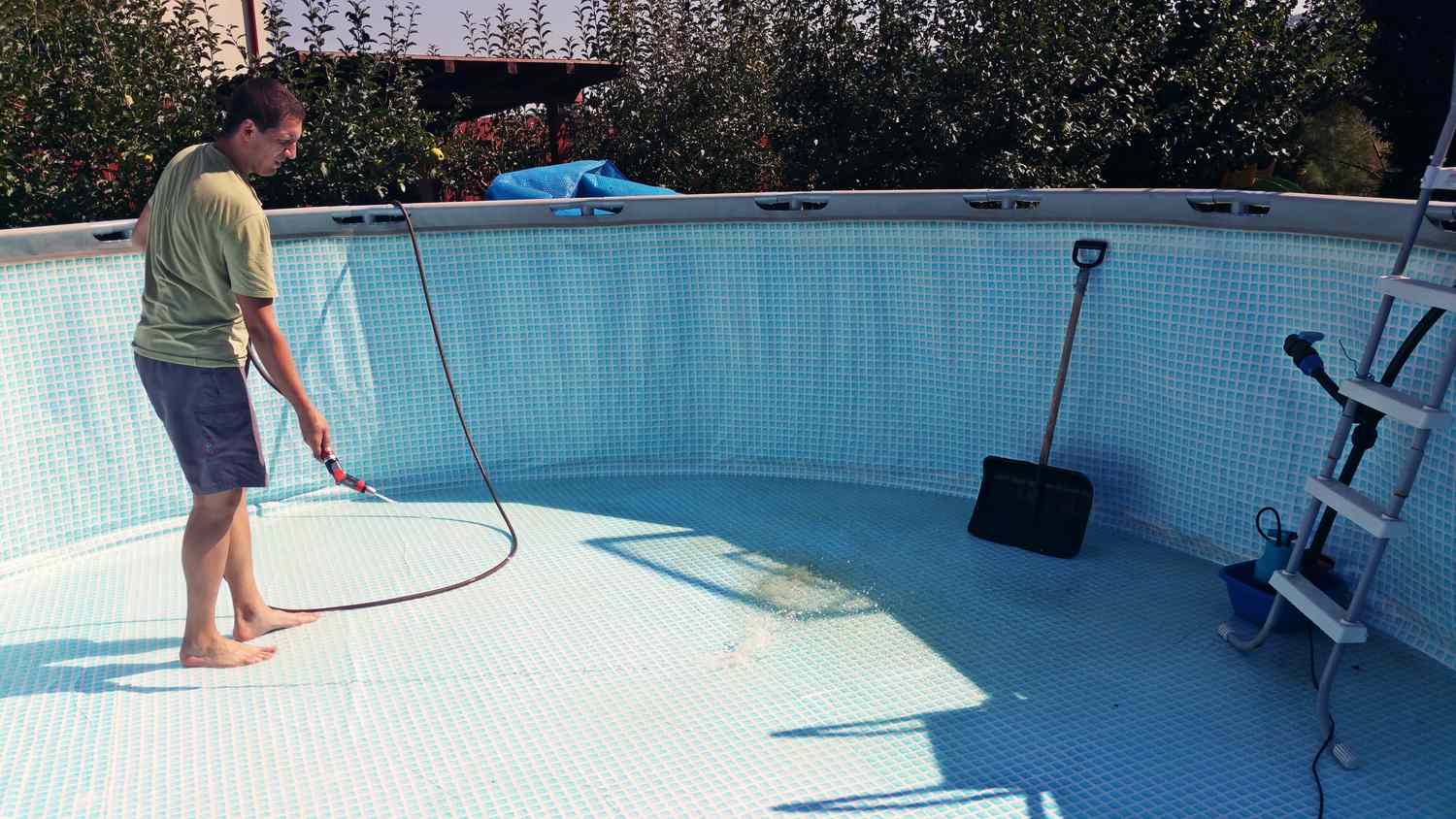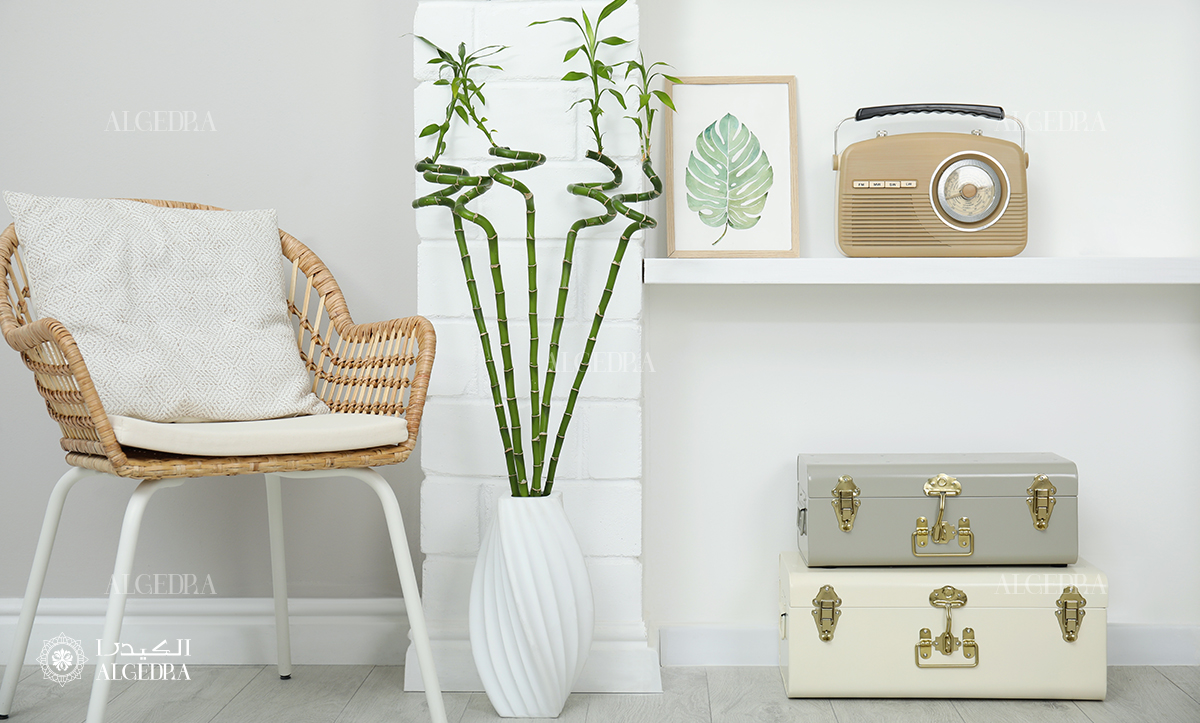Have you ever wondered why you can’t put an above ground pool in the ground? This article will uncover the reasons behind this puzzling question. Whether you’re considering getting a pool for your backyard or are simply curious, understanding the limitations of above ground pools is essential. From structural concerns to potential damage to the pool‘s components, there are several factors that make installing an above ground pool in the ground impractical. By exploring these reasons, you’ll gain valuable insights into the world of pool installations and make informed decisions for your own aquatic adventures.
Technical Limitations
Design and Construction
When it comes to putting an above ground pool in the ground, there are several technical limitations that need to be considered. One of the main limitations is related to the design and construction of the pool. Above ground pools are specifically designed to sit on top of the ground, with their walls providing the necessary structure and support. Placing an above ground pool in the ground would require modifying the design and construction, which may compromise its integrity and safety.
Structural Integrity
The structural integrity of an above ground pool is another major concern when considering putting it in the ground. Above ground pools are designed to support the weight of the water within the pool, as well as the stress caused by people swimming and enjoying the pool. Placing the pool in the ground would subject it to additional forces, such as soil pressure and ground movement, which could potentially lead to structural failure. The walls and frame of an above ground pool may not be able to handle the increased stress, putting both the pool and its users at risk.
Weight Distribution
Weight distribution is another important aspect to consider when contemplating putting an above ground pool in the ground. Above ground pools are designed with specific weight distribution in mind, ensuring that the pool remains stable and balanced. Placing the pool in the ground could disrupt this balance, leading to uneven weight distribution and potential instability. This could result in the pool walls buckling or collapsing, posing a serious safety hazard.
Risk of Damage
Ground Movement
One of the risks associated with putting an above ground pool in the ground is ground movement. The ground is constantly shifting and settling, which can cause significant damage to a pool that is not properly designed and constructed for in-ground use. Changes in the soil composition, such as expansion and contraction due to temperature fluctuations, can put pressure on the pool walls and structure, leading to cracks and leaks. Additionally, if the ground is not properly leveled and prepared, the pool may shift and become unbalanced, further contributing to potential damage.
Water Pressure
Water pressure is another concern when considering placing an above ground pool in the ground. Above ground pools are designed to withstand the pressure exerted by the water within the pool. However, when placed in the ground, the pressure on the pool walls can increase significantly. The additional pressure from the surrounding soil and groundwater can put excessive stress on the pool, potentially causing the walls to bulge or rupture. This can result in a catastrophic failure, leading to water damage and potential injury to those in and around the pool.
Chemical Exposure
Chemical exposure is also a risk factor when placing an above ground pool in the ground. Above ground pools utilize various chemicals to keep the water clean, balanced, and safe for swimming. However, when the pool is placed in the ground, it may be more susceptible to chemical exposure from the surrounding soil and groundwater. This exposure can lead to chemical imbalances, corrosion of the pool walls and equipment, and potential health risks for swimmers. It is important to consider the potential impact of chemical exposure before deciding to put an above ground pool in the ground.
This image is property of images.pexels.com.
Legal and Safety Concerns
Building Codes and Permits
Before attempting to put an above ground pool in the ground, it is crucial to consider the legal and safety concerns regarding building codes and permits. Building codes are in place to ensure that structures, including swimming pools, meet certain safety standards. Placing an above ground pool in the ground may require modifications that would no longer comply with these codes. Additionally, local authorities may require specific permits for in-ground pool installations. Failing to adhere to these regulations can result in fines, penalties, and potential legal issues.
Safety Regulations
Safety regulations are another important consideration when contemplating placing an above ground pool in the ground. Above ground pools are designed with safety features such as sturdy walls, ladders, and gates to prevent accidents and unauthorized access. If the pool is placed in the ground, these safety features may be compromised or rendered ineffective. This can increase the risk of drownings, injuries, and liabilities. Adhering to safety regulations ensures that the pool remains a safe and enjoyable space for everyone.
Liability Issues
Liability issues are a significant concern when it comes to placing an above ground pool in the ground. If someone is injured or suffers property damage as a result of a pool-related incident, the pool owner may be held liable. Placing an above ground pool in the ground without proper permissions, modifications, or safety precautions can increase the risk of accidents and potential lawsuits. It is crucial to consider the potential liability issues and consult with legal experts to understand the legal responsibilities and obligations associated with an in-ground pool installation.
Maintenance Challenges
Accessibility for Repairs
Maintenance accessibility is a significant challenge when it comes to placing an above ground pool in the ground. Above ground pools are designed to be easily accessible for repairs, maintenance, and inspections. Placing the pool in the ground may restrict access to essential components and equipment, making it difficult or even impossible to perform necessary repairs and maintenance tasks. This can result in increased costs, prolonged downtime, and potential damage to the pool if issues are not addressed promptly.
Cleaning and Water Circulation
Proper cleaning and water circulation are crucial for maintaining a safe and healthy swimming pool. Placing an above ground pool in the ground can complicate these maintenance tasks. The design and construction of above ground pools are specifically optimized for effective water circulation and cleaning. In-ground installations may disrupt the intended flow of water, leading to stagnant areas, poor filtration, and increased risk of algae growth. Additionally, accessing and cleaning the pool walls and floor may become more challenging, compromising the overall cleanliness and hygiene of the pool.
Winterizing and Seasonal Changes
Winterizing an above ground pool is an essential maintenance task to protect it from freezing temperatures and potential damage. When placing an above ground pool in the ground, winterizing can become more complex. Ground temperatures can penetrate deeper and remain colder, putting the pool at a higher risk of freezing. Drainage and insulation measures may need to be adjusted to accommodate these changes, ensuring that the pool remains well protected during the winter months. Failing to properly winterize the pool can lead to freezing and thawing cycles, causing cracks, leaks, and other structural issues.
This image is property of images.pexels.com.
Lifespan and Durability
Exposure to Elements
Above ground pools are designed to withstand exposure to the elements, but placing them in the ground can significantly impact their lifespan and durability. When installed above ground, the pool walls and components are typically made to withstand exposure to sun, rain, wind, and other weather conditions. Placing the pool in the ground can subject it to increased moisture, humidity, and potential water damage. This prolonged exposure can accelerate the deterioration of materials, leading to rust, corrosion, and degraded structural integrity. Considering the potential impact of extended exposure to elements is essential when deciding to put an above ground pool in the ground.
Groundwater and Moisture
Groundwater and moisture are significant factors to consider when contemplating placing an above ground pool in the ground. When installed above ground, the pool is designed to manage the water within it and prevent water from seeping into the pool structure. Placing the pool in the ground can expose it to groundwater and moisture from the surrounding soil. This increased exposure can lead to water infiltration, which can cause the aforementioned issues of water pressure, chemical exposure, and structural damage. Proper waterproofing measures and drainage systems would need to be implemented to address these concerns effectively.
Wear and Tear
The wear and tear on an above ground pool can significantly impact its lifespan and durability. When placed in the ground, the pool may be subjected to additional wear and tear from soil movement, gardening equipment, and other potential hazards. The pool walls and liner are more likely to experience scratches, punctures, and damage from rocks, roots, or other objects in the soil. Regular inspections and maintenance would be necessary to identify and address any wear and tear, ensuring that the pool remains safe and enjoyable for years to come.
Installation Complexity
Leveling and Foundation
Ensuring proper leveling and a solid foundation is crucial for the successful installation of an above ground pool. Placing the pool in the ground adds an additional level of complexity to achieving the necessary level surface. Ground excavation may be required to create a stable and even base for the pool. Additionally, the soil composition and characteristics must be taken into account to prevent settling, sinking, or shifting of the pool. Achieving the required levelness and foundation stability in an in-ground installation can be more challenging and time-consuming compared to installing the pool above ground.
Site Preparation
Site preparation is a significant aspect of any pool installation project, and placing an above ground pool in the ground requires thorough site preparation. Properly preparing the site involves clearing the area, removing any vegetation, rocks, or debris that could impact the pool’s integrity. In-ground installations may require even more extensive site preparation, including soil testing, drainage considerations, and potential excavation. Failing to adequately prepare the site for an in-ground pool can result in a variety of issues, including uneven ground, poor water drainage, and compromised pool stability.
Required Tools and Expertise
Placing an above ground pool in the ground often requires specialized tools and expertise. The process of modifying the pool and properly installing it to withstand the ground conditions requires professional knowledge and experience. Excavation equipment, soil testing tools, and other specialized tools may be necessary to ensure the pool’s stability and durability. It is crucial to have access to the right tools and seek expert advice to properly execute an in-ground installation. Without the right tools and expertise, the risk of errors, damage, and safety issues increases significantly.
This image is property of images.pexels.com.
Aesthetic Considerations
Visual Appeal
Visual appeal is an important factor when considering the installation of a swimming pool. Above ground pools are generally designed to be visually appealing with various options for pool walls, liners, and above-ground decks. Placing the pool in the ground may affect the overall visual appeal as the exposed pool walls may not be as aesthetically pleasing. It is essential to consider the impact on the overall look and feel of the pool area before deciding to put an above ground pool in the ground. Additional landscaping and beautification efforts may be required to enhance the visual appeal of an in-ground installation.
Landscaping and Surroundings
The design and integration of the pool into the surrounding landscape play a crucial role in its overall aesthetic appeal. Above ground pools are often designed with this in mind, providing options for landscaping and complementing the pool with the surrounding area. Placing the pool in the ground may require additional landscaping efforts to seamlessly integrate it into the surrounding environment. This can involve altering the surrounding soil and vegetation, as well as selecting appropriate plants and features to enhance the overall aesthetics. It is important to consider the impact on the landscaping and surroundings before proceeding with an in-ground installation.
Integration with Existing Structures
The integration of the pool with existing structures, such as decks or patio areas, is another factor to consider when contemplating placing an above ground pool in the ground. Above ground pools are typically designed to be easily integrated with decks, providing a seamless transition from the pool to the surrounding area. Placing the pool in the ground may require modifications to the existing structures or the addition of new ones to ensure a cohesive and functional space. Taking into account the integration with existing structures will help create a harmonious and visually appealing pool area.
Cost Factors
Additional Expenses
The cost of placing an above ground pool in the ground goes beyond the initial cost of the pool itself. There are several additional expenses to consider when contemplating an in-ground installation. These can include excavation costs, soil testing fees, landscaping expenses, additional equipment and tools, and potential modifications to existing structures. Properly addressing all the technical, safety, and aesthetic considerations involved in an in-ground installation can significantly increase the overall cost compared to installing the pool above ground. It is crucial to carefully budget and account for these additional expenses before deciding to proceed with placing an above ground pool in the ground.
Comparative Costs
When considering the costs of placing an above ground pool in the ground, it is essential to compare them to the costs of alternative options. In-ground pools come with their own set of expenses, including excavation, construction, permits, and ongoing maintenance. While an in-ground installation may offer certain advantages, such as increased durability and customization options, it may also come with a higher price tag. It is important to weigh the costs and benefits of each option to determine the most suitable and cost-effective choice for your specific needs and budget.
Resale Value
The impact on the resale value of your property is another cost factor to consider when contemplating placing an above ground pool in the ground. In some cases, an in-ground pool can potentially increase the value of a property and attract potential buyers. However, this may not always be the case. Placing an above ground pool in the ground may not have the same positive impact on the property’s value. The overall design, quality, and integration of the pool into the property will affect its resale value. It is essential to research the local real estate market and consult with professionals to determine the potential impact on the property’s value before proceeding with an in-ground installation.
Alternative Solutions
Semi-Inground Pools
If you desire some of the benefits of an in-ground pool but are hesitant about placing an above ground pool in the ground, you may consider semi-inground pools as an alternative solution. Semi-inground pools are designed to be partially buried in the ground, offering a compromise between above ground and in-ground installations. These pools typically have higher walls than above ground pools, providing a more integrated and visually appealing appearance. Additionally, their partially buried design allows for easier access to maintenance and repairs compared to fully in-ground installations.
Inground Pool Conversions
Another alternative solution to placing an above ground pool in the ground is to convert it into an inground pool. Inground pool conversions involve modifying and enhancing the existing above ground pool to be fully integrated into the ground. This process requires professional expertise to ensure the structural integrity and safety of the converted pool. By converting an above ground pool, you can achieve the visual appeal and functionality of an in-ground pool while potentially minimizing the technical limitations and challenges associated with fully in-ground installations.
Pool Decking and Landscaping
Enhancing the aesthetics and functionality of an above ground pool can be achieved through the addition of decking and landscaping. By constructing a deck around the pool, you can create a seamless transition from the pool to the surrounding area. This can provide additional space for lounging, seating, and entertainment, further enhancing the pool experience. Additionally, carefully planned landscaping can help integrate the pool into the overall outdoor space, creating a visually appealing and harmonious environment. These alternative solutions can transform the appearance and functionality of an above ground pool without the need for placing it in the ground.
Regulations and Compliance
Local Authority Guidelines
Compliance with local authority guidelines is crucial when considering any pool installation, including placing an above ground pool in the ground. Local authorities often have specific guidelines and regulations in place regarding pool installations to ensure safety, environmental protection, and adherence to building codes. It is essential to thoroughly research and understand these guidelines before proceeding with any pool installation project. Failing to comply with these guidelines can result in penalties, fines, and potential legal issues.
Zoning Restrictions
Zoning restrictions are another factor to consider when contemplating placing an above ground pool in the ground. Zoning laws are in place to regulate land use and control the type and location of structures within designated areas. These laws can dictate where, how, and what type of pool installations are permitted. Placing an above ground pool in the ground may not comply with certain zoning restrictions, which can significantly impact your ability to install the pool. It is essential to consult with local authorities or zoning professionals to determine the zoning restrictions and requirements before proceeding with an in-ground installation.
Underground Utilities
Before attempting any excavation or placing an above ground pool in the ground, it is vital to consider the location of underground utilities. Underground utilities, such as gas lines, water lines, and electrical cables, can be present in the area where the pool is intended to be installed. Without proper knowledge and investigation, excavation can result in damaging these utilities, leading to hazardous situations, service disruptions, and potential legal consequences. It is essential to contact the appropriate utility companies and obtain accurate information regarding the location of underground utilities to ensure safe and compliant installation procedures.
In conclusion, while the idea of placing an above ground pool in the ground may seem like an attractive option, there are various technical limitations, risk factors, legal and safety concerns, maintenance challenges, and additional costs to consider. The design and construction of above ground pools are specifically optimized for above-ground use, and modifying them for in-ground installations can compromise their integrity and safety. Ground movement, water pressure, and chemical exposure can also significantly impact the pool’s longevity and performance. Legal and safety concerns, including building codes, safety regulations, and liability issues, must be carefully considered to ensure compliance and protect against potential legal and financial repercussions.
Maintenance accessibility, cleaning, water circulation, and winterizing become more complex when the pool is placed in the ground, requiring additional effort and potential expenses. Lifespan and durability are also impacted by the exposure to elements, groundwater, and wear and tear associated with in-ground installations. Installation complexity, including leveling, site preparation, and the need for specialized tools and expertise, can further add to the challenges and costs of placing an above ground pool in the ground. Aesthetic considerations, cost factors, and alternative solutions need to be evaluated to determine the most suitable and cost-effective choice for your swimming pool needs.
Considering the regulations and compliance requirements, such as local authority guidelines, zoning restrictions, and underground utilities, is crucial to ensure a safe and legal pool installation. Ultimately, understanding and carefully weighing these factors will help you make an informed decision about whether placing an above ground pool in the ground is the right choice for you.








